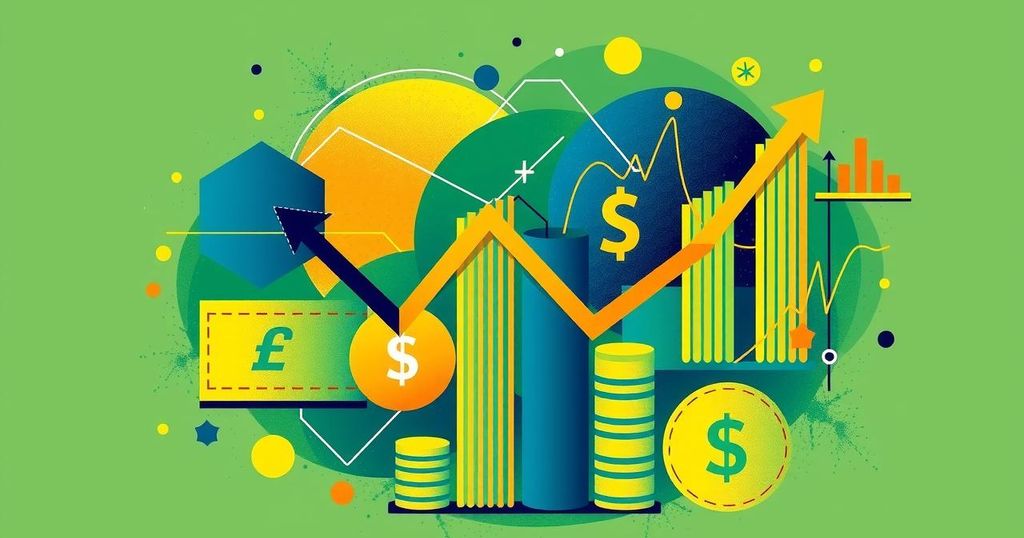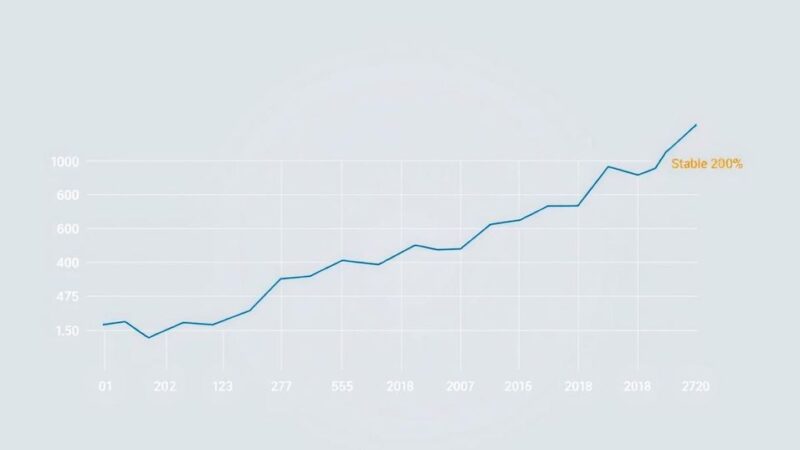The Central Bank of Nigeria, led by Governor Olayemi Cardoso, is enacting bold monetary reforms to combat severe inflation and currency depreciation. This includes significant hikes in interest rates and a shift to orthodox monetary control after years of interventionist policies. Although initial signs of improvement are noted, the economic conditions remain challenging, and successful implementation of structural reforms is essential for sustained growth.
Nigeria’s economic landscape is shifting, and at the center of this transformation is the Central Bank, now led by Governor Olayemi Cardoso. Following his appointment in September 2023, the bank is undertaking a historic overhaul of its monetary policies. Gone are the days of expansive development finance strategies. Now, it’s about returning to orthodox monetary controls amidst significant challenges, including soaring inflation and currency depreciation.
Under Cardoso, the central bank’s approach contrasts sharply with the activist strategies of his predecessor, Godwin Emefiele. As Cardoso indicated in April 2024, the focus is on tighter monetary practices and transparent decision-making. This became evident when, earlier this year, the Monetary Policy Rate was increased significantly—from 18.75% to 24.75%. The objective? Tackle inflation, which hit a staggering 33.69% by April, the highest in three decades.
The challenges fueling Nigeria’s inflation crisis are multifaceted. Insecurity in agricultural regions has crippled food production, leading to food inflation at 40.53%. The withdrawal of costly fuel subsidies in May 2023 also resulted in transportation costs soaring by 70%, further fueling the inflationary fire. Additionally, in June 2023, the central bank unified its various exchange rates, which precipitated a sharp decline in the naira’s value against the dollar—from N460 to over N1,300 by April 2024.
This major reform ended lucrative arbitrage opportunities but led the naira to be valued at around N1,638 to the dollar in May 2025. While the initial liberalization was tumultuous, reports show some stabilization with foreign investors returning to the market, tempted by interest-bearing securities.
Communication from the Central Bank has noticeably improved under Cardoso, with data-rich quarterly meetings and media briefings providing clearer insights into monetary policies. There’s also been better coordination with fiscal authorities, attempting to sync these monetary tightenings with fiscal reforms aimed at attracting foreign investments while cutting budget deficits.
However, Cardoso is aware of monetary policy’s limitations, especially regarding inflation arising from structural factors. “Monetary policy alone cannot resolve inflation driven by structural issues,” he emphasized, echoing the sentiments of economists who caution against interest rate hikes without corresponding structural reforms.
In a significant step, the CBN announced a drastic recapitalization directive for the banking sector in January 2024. Tier 1 banks are instructed to elevate their minimum capital to N500 billion, while Tier 2 banks must reach N200 billion, intended to bolster the banks against potential economic shocks.
Necessary regulations are also being expanded in Nigeria’s fintech landscape, including enhanced Know Your Customer protocols, real-time monitoring, and strict cybersecurity compliance. These efforts aim to mitigate systemic risks in the digital financial ecosystem.
The early results of these far-reaching changes are mixed. While some policy credibility seems restored, the economic burdens have increased. Lending rates have skyrocketed, making credit access for the private sector painfully tight. Meanwhile, GDP growth has declined to 2.31% in early 2024, dropping from 3.46%, suggesting a troubling economic trend.
Experts stress the need for comprehensive structural reforms moving forward. To prevent stagflation—a combination of slow growth and inflation—improvements in agricultural productivity, infrastructure, and fiscal discipline must follow.
With international observers keeping a watchful eye, there’s a sense of cautious optimism about Nigeria’s trajectory. A senior economist from the IMF commented, “Nigeria is doing the hard work now. But whether it pays off depends on consistency and political will.”
The road ahead for Cardoso and the Central Bank will be challenging as they strive for stability while avoiding economic contraction. “Nigeria’s path is not linear,” Cardoso acknowledged. The goal remains: to lay the groundwork for a future that offers sustained, inclusive growth that can translate into better living standards for Nigerians.
In summary, Nigeria’s central bank, under Governor Cardoso, is undertaking one of its most significant monetary reforms yet, with ambitious and painful changes aimed largely at restoring economic stability. While initial results show policy credibility may be returning, the economic pain felt by the population is undeniable, and further structural reforms are critical to ensure lasting change. The success of these measures could redefine Nigeria’s economic future, impacting the daily lives of its citizens beyond mere statistics.
Original Source: punchng.com






